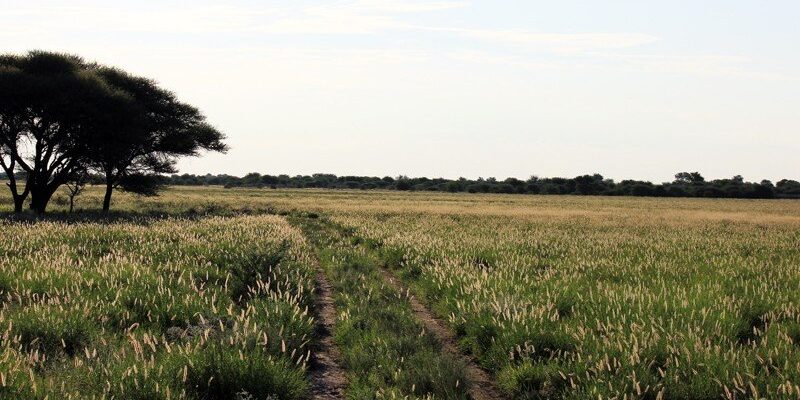Central Kalahari National Game Reserve
Central Kalahari is a national game reserve in Botswana in the Kalahari Desert. Central Kalahari covers an area of 52,800 km², making it Botswana’s largest game reserve and the second largest in the world. Its area is flat terrain with some hills. Grass and bushes like a carpet cover the sand dunes. The river valleys in the reserve are almost all dried up and form salt pits. Local residents of the reserve work here as maids, cooks and, of course, trackers. The weather in the reserve is dry all year round. Sometimes it can even be unbearably hot. Therefore, the most favorable period for observing animals is from December to April.
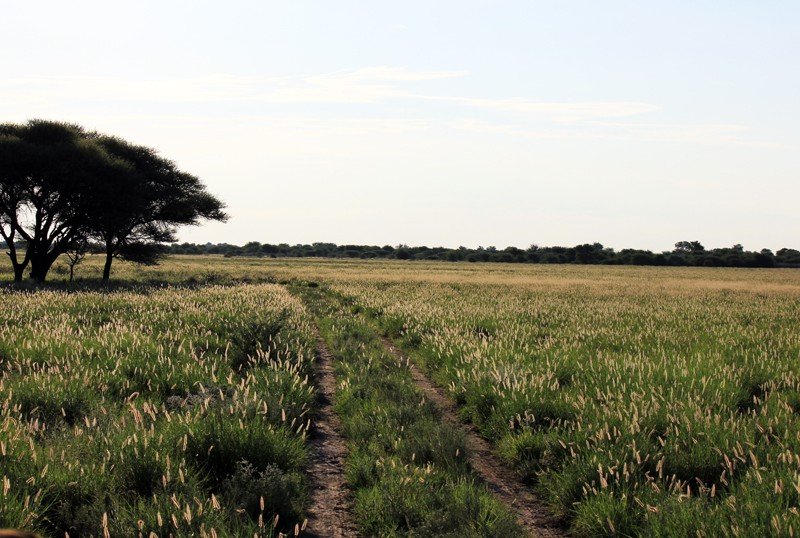
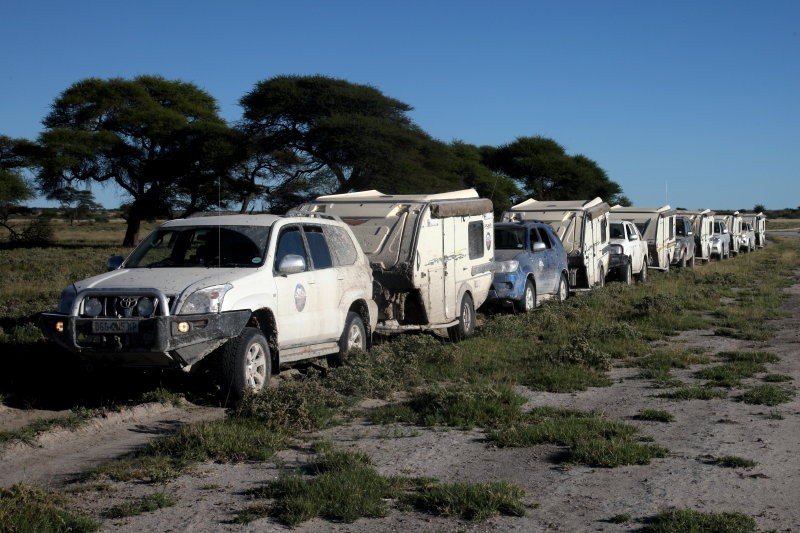
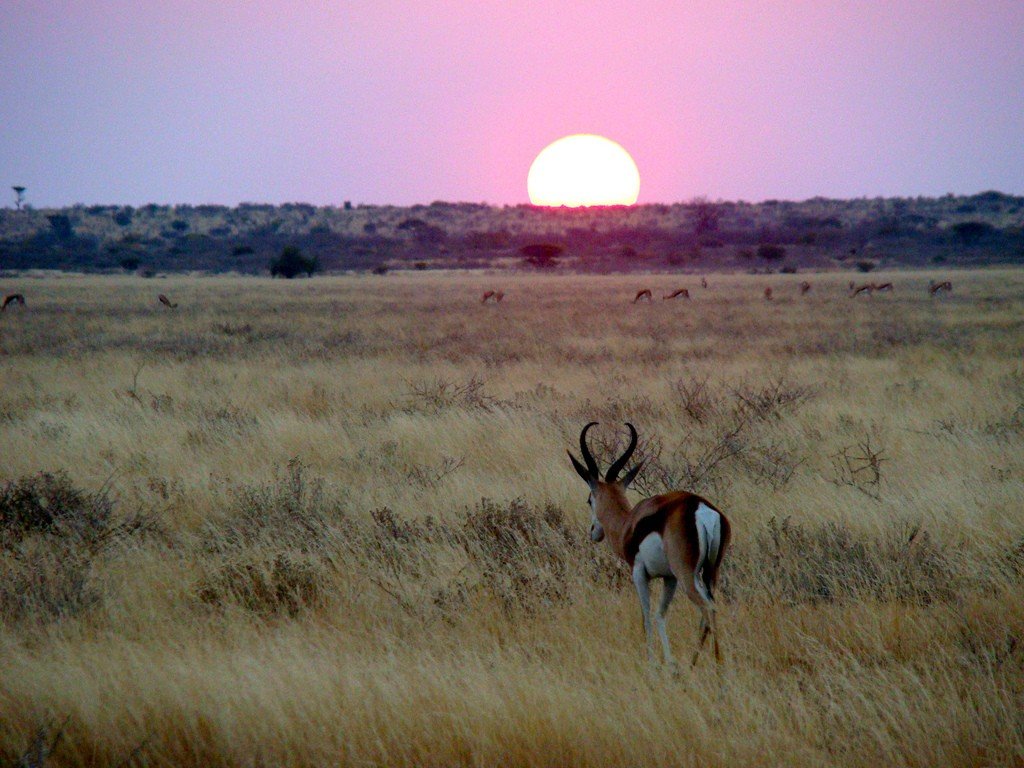
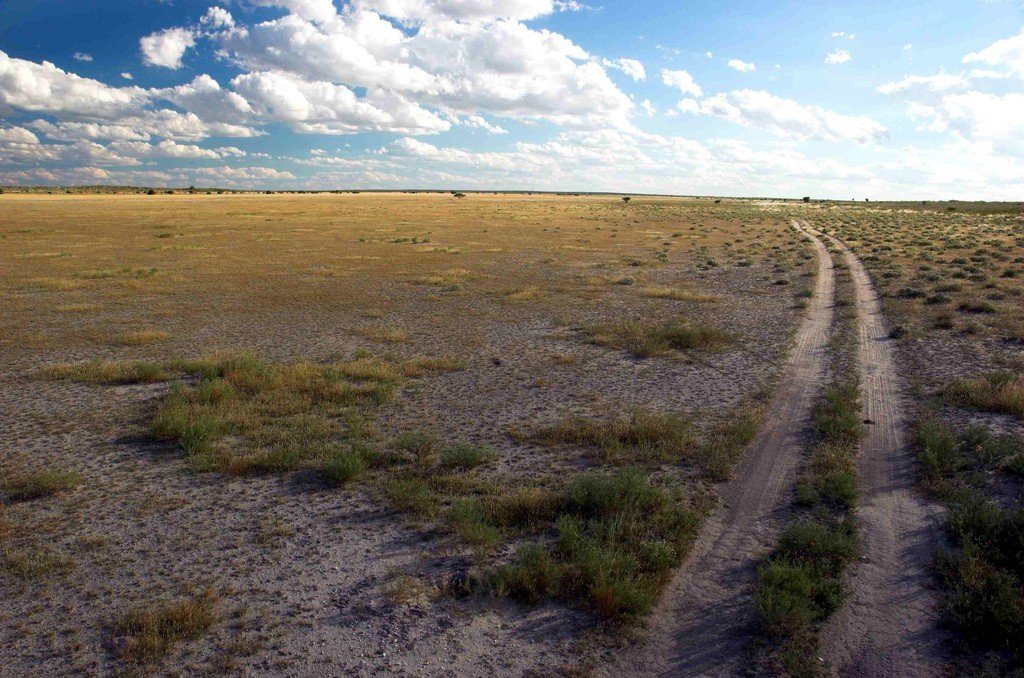
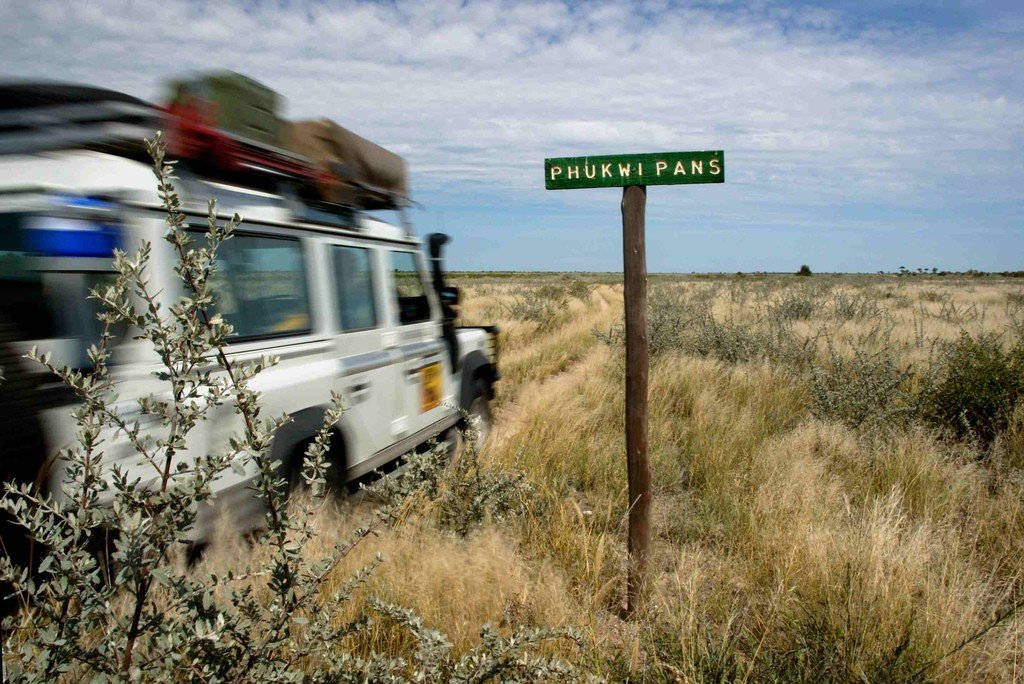
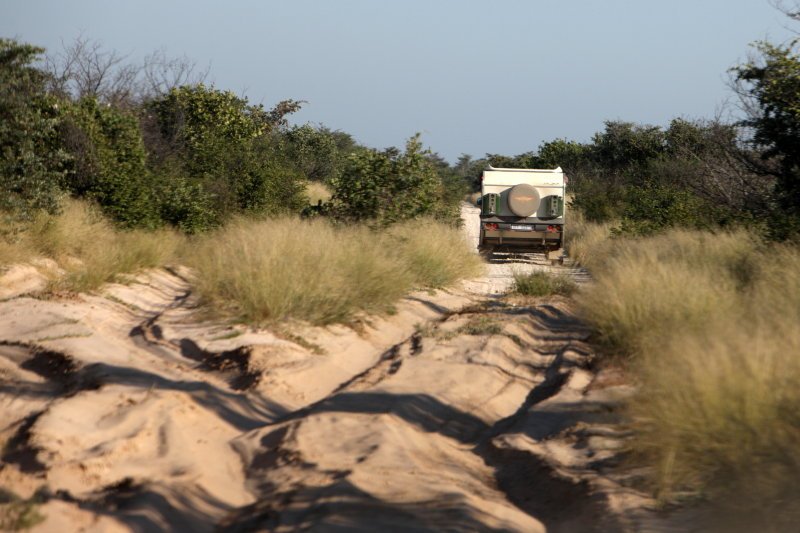
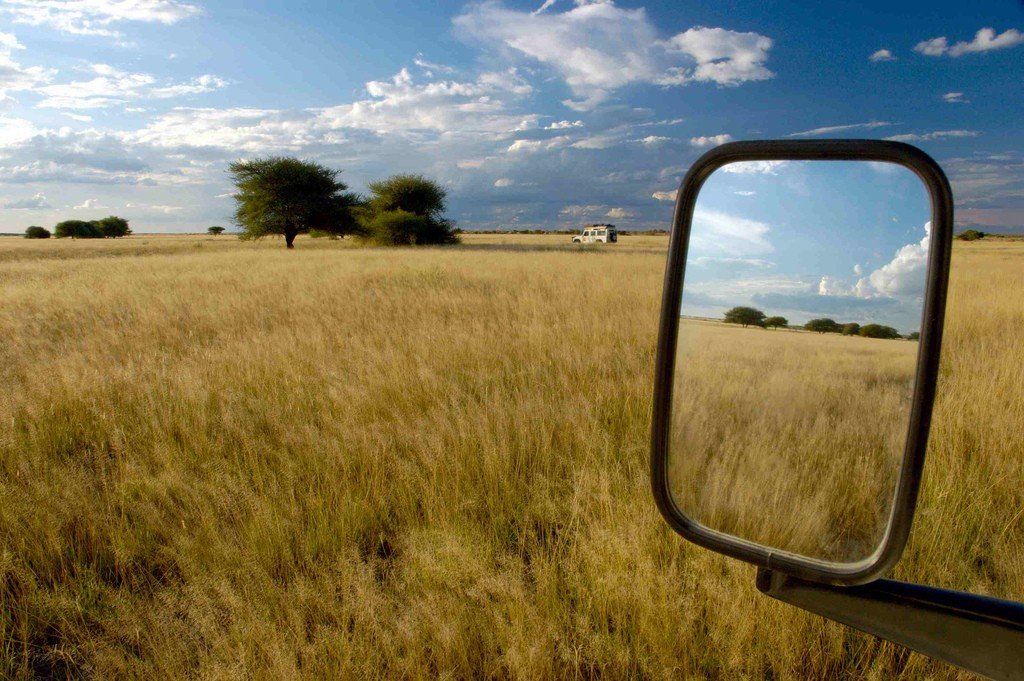
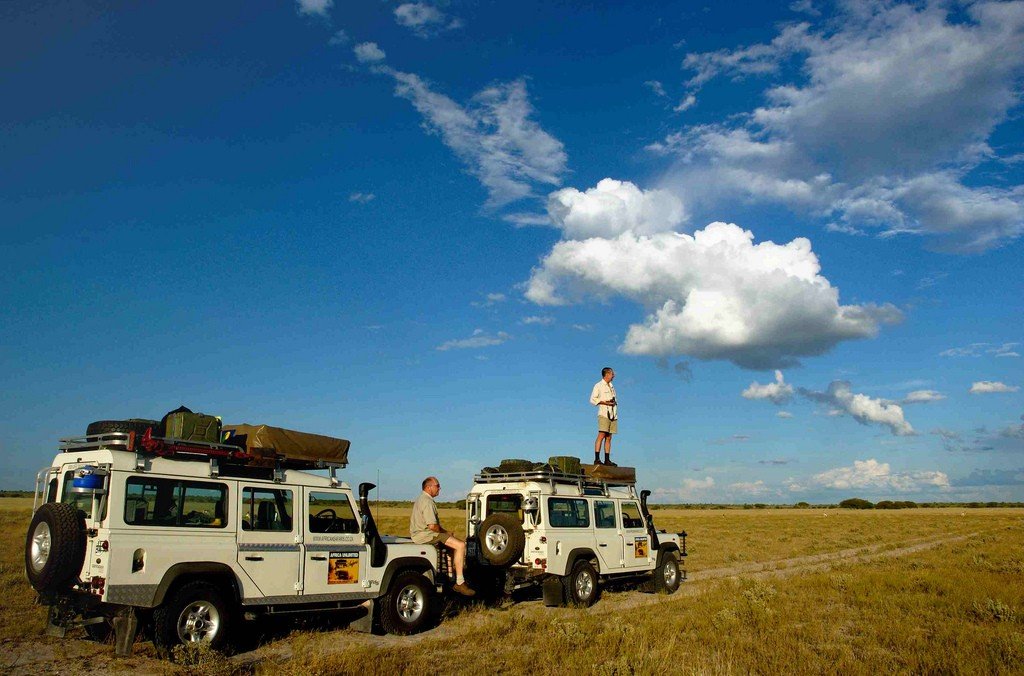
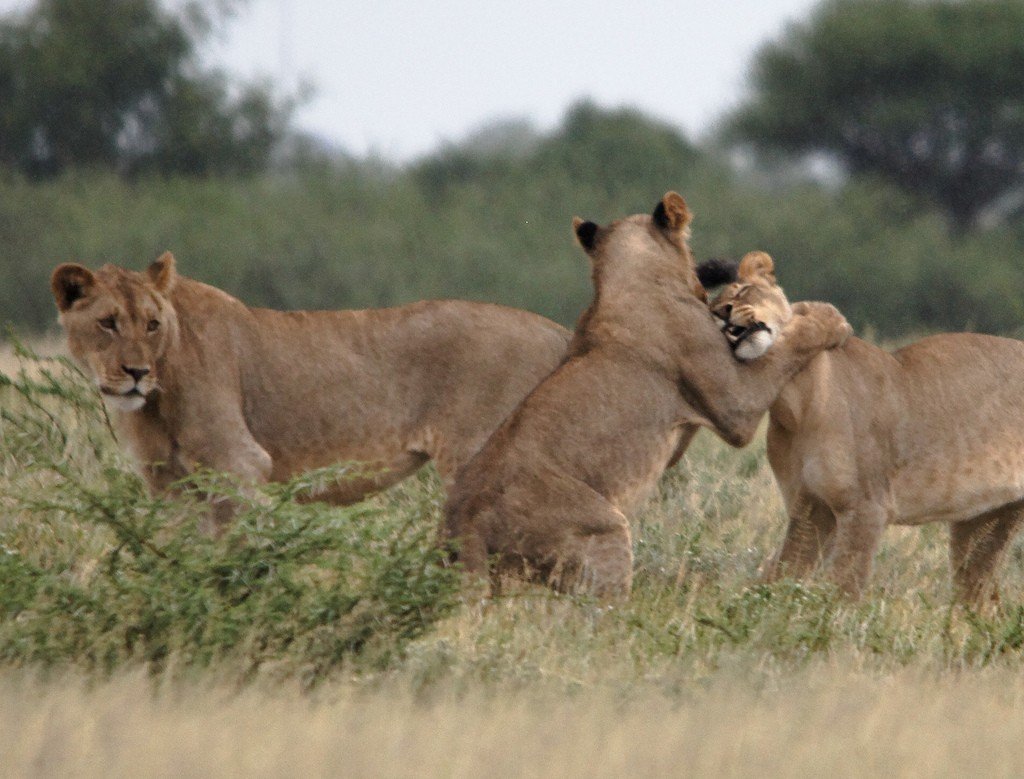
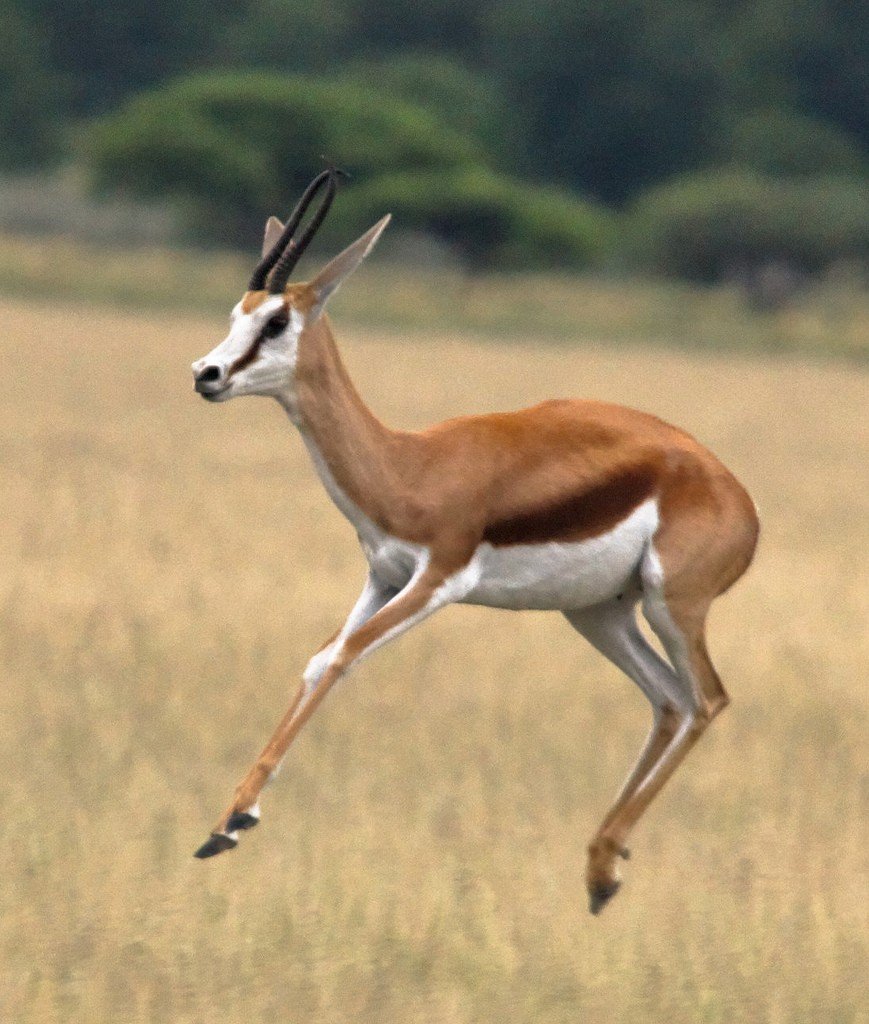
General information
At the word “desert” everyone usually has the impression that this is an area in no way suitable for life. But this is not the case – the Kalahari fauna is very rich. Many rare and widespread animals can be found here. Typical for this area are the large oryx antelope and the springbog. Both species are widely represented in the area and throughout Africa. You can also observe blue gnu, cannu antelope, warthog, lion, tiger, leopard and many others. And you can also encounter the earth wolf, which is similar in size to a dog.
.
The ancient dried up riverbed, which has known no rain for many months, has been romantically named Ghost Valley by the locals. The valley stretches for a distance of several dozen kilometers along the reserve, it is covered with stiff short grass and islets of trees that are found only in such arid places. In these small oases you can sometimes see various species of animals hiding from the heat in the shade of the trees. If you are lucky, you may see a bizarre mirage in the Ghost Valley in the form of an endless lake with the water glistening in the sun. On hot days, the trees, mostly umbrella acacia and buffalo thorn, offer shelter to the animals.
.History
The Central Calahari Reserve was opened in 1961. The present-day reserve was home to Bushmen tribes for several thousand years. However, in the mid-1990s, the Botswana government attempted to relocate the nomads, explaining that their presence in the park was causing great economic damage despite the increasing number of tourists. In 1997, three-quarters of all Bushmen were evicted to temporary camps outside the reserve; in October 2005, the government used force to relocate the remaining people. There are now 250 nomads living in the park.
.In mid-September 2008, a massive fire destroyed more than 80% of the reserve. The cause of the fire remained unclear.
.
Tourists
Some of the activities in the Central Kalahari Reserve include beautiful safaris in open jeeps, various bird watching excursions, some species of animals and romantic night tours of the desert. During all these activities, tourists are accompanied by professional guides from the local tribes who are excellent.
.